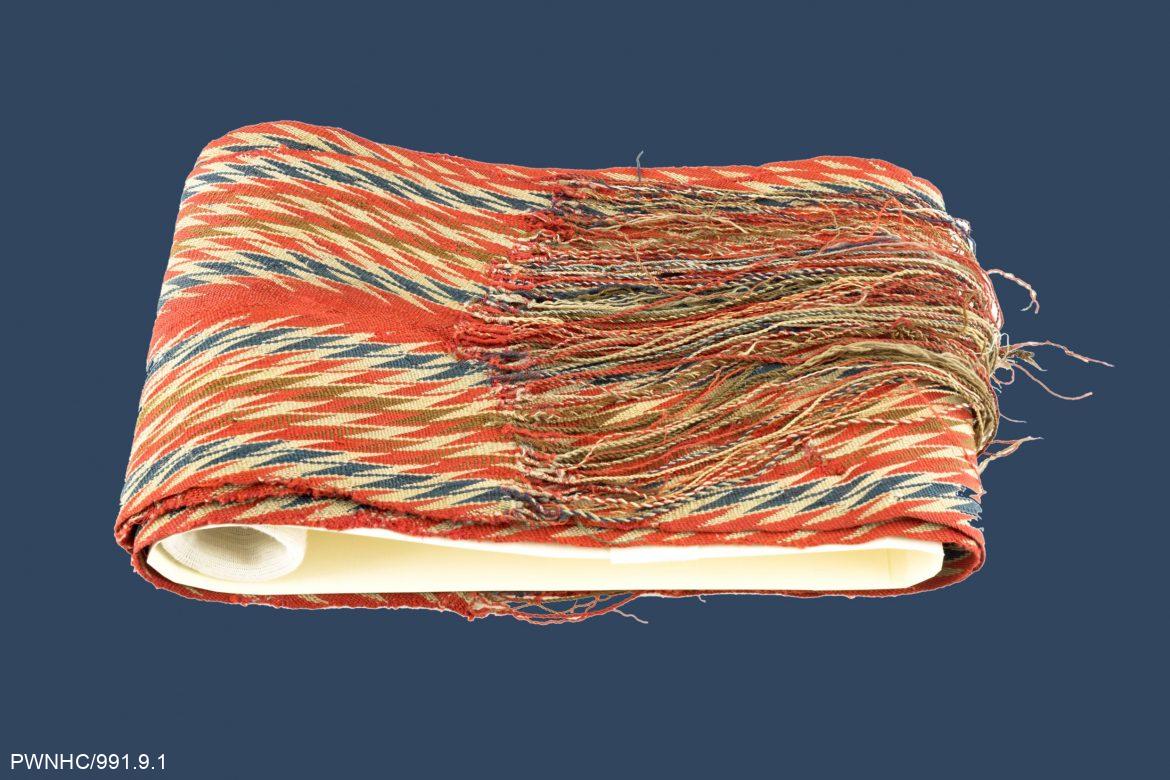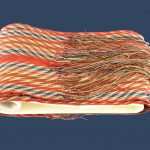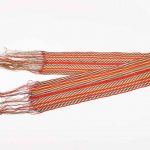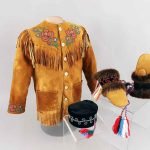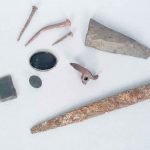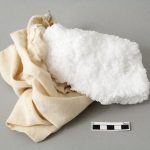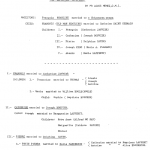1760
Northern Métis
The fur trade developing along the lakes and rivers of southern Canada and the Hudson Bay coast also brought European movement up and down the same routes. Around the posts, English, Irish and Scottish traders partnered with Indigenous wives. At the same time, the inland routes saw French-Cree, Ojibway, Saulteaux and Dene families populate the regions. Collectively, the children became known as Métis, and they bridged the cultural divide between European newcomers and Indigenous peoples. Métis fur traders became the hunters, trappers, canoemen, scowmen, wagon drivers and interpreters as the search for saleable fur moved into the Mackenzie valley, changing the traditions and cultural practices of the Indigenous people there.
The early history of the fur trade in the North and the early history of the Northern Métis are inseparable. Origin stories of the Métis in the NWT vary between communities. They often include accounts of founding families who can trace their heritage in the NWT south through other parts of the Métis homeland. According to Francis Beaulieu II, his father and other former coureurs de bois came up into the Great Slave Lake area after closing the Company of the Sioux fur trading posts in 1760. The younger Beaulieu was born between 1771 and 1774 from a relationship between Francis I and Ethiba, a Cree-Chipewyan woman.
Émilie Petitot recorded this story and many others and included them in his Book of the Dene.
Well-known family names with roots in the NWT fur trade include Beaulieu, Poitras, Cayen, Hardy, Mandeville, Mercredi, Lafferty, Lafleur, Tourangeau, Gladue and Gaudet.
The Métis are recognized as a distinct Indigenous group as defined in the Constitution of Canada. They became a new nation and a new power in the Northern lands.
